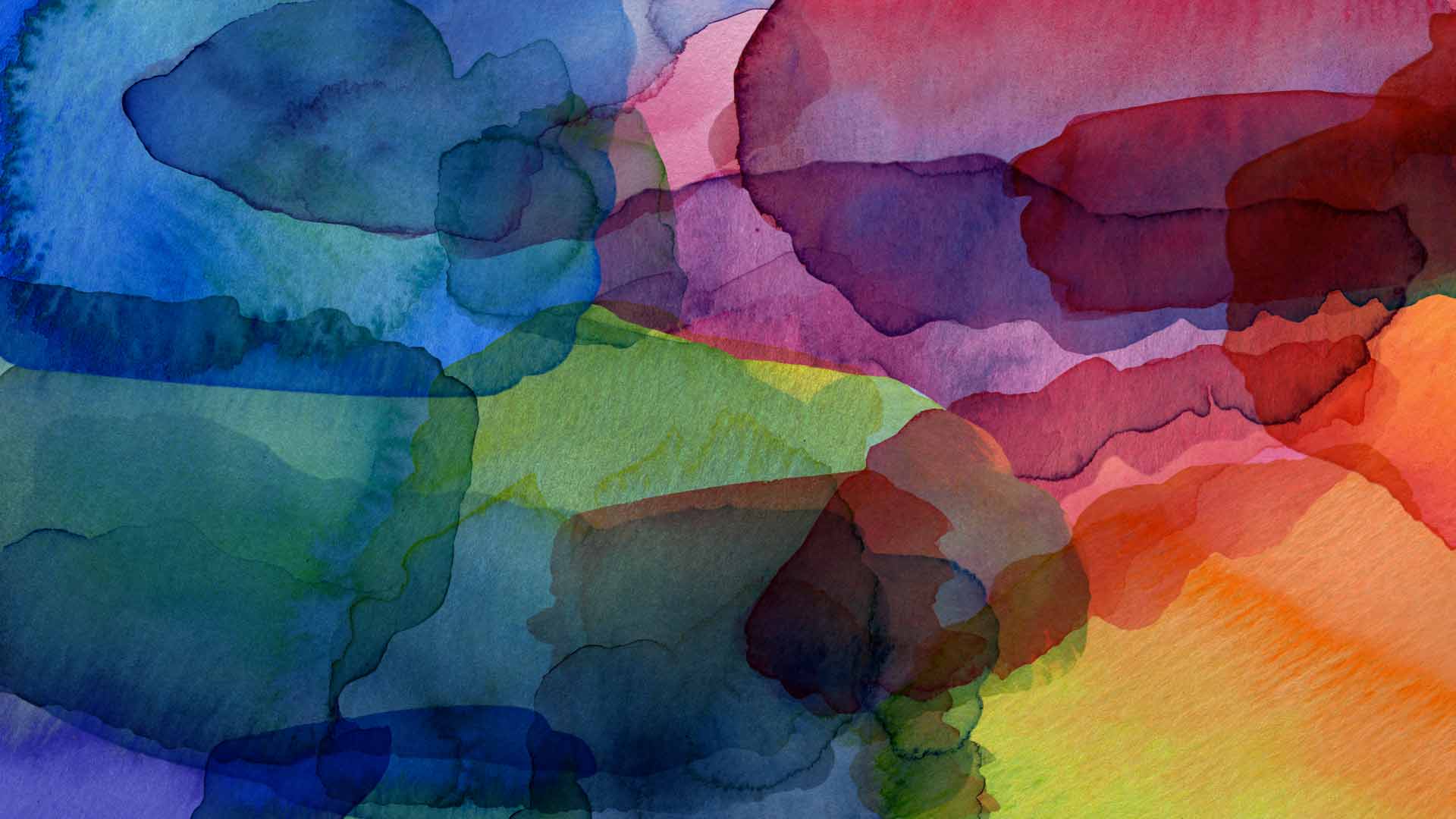We believe that by interacting on a personal level with people from other cultures, students will gain an international perspective and take steps toward becoming empathetic global citizens. We work around the world to connect teachers, artists, classrooms, and students to each other.
How it works: The “Pen Pal” model
We talk to interested teachers and, based on their students and focus, match them with other teachers and their classrooms in different parts of the world (like an art pen pal). Our staff works with both instructors to craft a program of study for their students. Students are introduced to one another, share artwork, and foster a dialogue throughout the course of the program. Students are exposed to other cultures via direct contact with other students in another part of the world. Our hope is that this type of interactive, collaborative, and personal learning will be integrated, as the teacher sees fit, into their overall curriculum and goals.
More details
We mostly work with students ages 7-18 years old (K-12). Students create artwork around a few different themes (jointly agreed upon by the two teachers) during the course of the program (semester or year long), which they document and send via the Internet to their partner class in another country. We generally suggest 4 exchanges, each taking approximately 2-3 hours, but this process will vary greatly depending on each class’s interest and constraints. We mostly work with visual art, but we are absolutely not limited to this medium, and we encourage classrooms to exchange anything from writing, music, videos, or whatever else they come up with!
Goals for this program
Our goal is to cultivate cultural awareness and understanding through the arts while simultaneously reducing harmful cultural generalizations and stereotyping. We hope to create a positive and creative learning space across borders in which people can engage as artists to explore and exchange ideas and experiences, giving them a better understanding of people who are different. Today, when technology is rapidly developing and increasing our access to international systems, this type of global awareness and citizenship is crucial.
Who are we trying to reach?
We are starting our mission with children and students because they are the paths to the future. They have the most to gain and the most to give from learning about and understanding other cultures and how the arts can create productive engagements between individuals and groups. We will start in classrooms because they provide an infrastructure and learning environment that is already in place. Teachers will facilitate the connections and guide students to think about what culture is, how it is reflected in artwork, what they have in common with students from other cultures, and how their differences are not something to be condemned, but something to understand and celebrate.
Soon we hope to repeat the process with other community groups and individuals, allowing everyone, not just young students, to participate.
What are we trying to communicate?
Students will communicate local stories and experiences of their lives reflected in works of art in order to demonstrate and create cross-cultural connections, both locally and globally. When students share artwork and personal stories of their lives reflected in artwork with each other, they notice real similarities and differences that vary not only across cultures, but also between individual communities, families, and people. We are stepping away from the educational model that uses overly broad generalizations, e.g. “African art is tribal,” or South American art is crowded and colorful.” Instead, we encourage students as global citizens to note cultural trends while understanding that people from other cultures are also individuals with distinct personalities and lives as complex as their own. We aim to help students see reflections of the diversity visible in works of art and ways of looking at the ideas and meanings that can be attributed to the work of the artist. We hope to engender empathy and understanding without the overt value judgments that often accompany cultural stereotypes.
What skills are we developing?
- Artistic talents
- Cultural awareness and ability to empathize across cultures, global citizenship.
- Cross-cultural communication and collaboration, both interpersonally and within a group.
- Communication technology and speaking and listening skills
- Dynamic, hands-on, project-based learning accompanied by creative and critical thinking.

